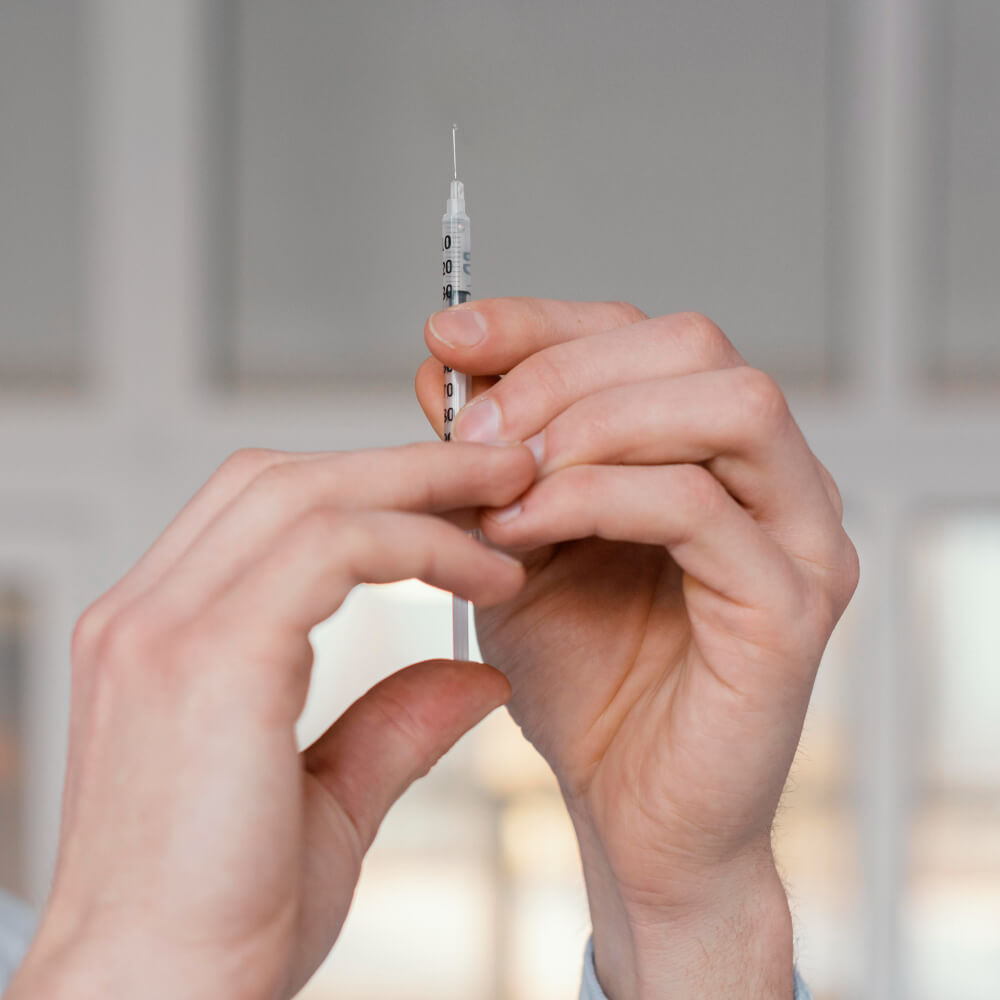Blog Post
Interesting and Relevant Articles on Bloodborne Pathogen
How are bloodborne pathogens transmitted?

Bloodborne pathogens are infectious microorganisms that can be present in blood and other body fluids and can be transmitted in the following situations:
-
Intravenous Drug Use with Shared Needles: Sharing needles for intravenous drug use is a high-risk behavior.
-
High-Risk, Unprotected Sexual Activities: Certain sexual activities, especially those involving the exchange of bodily fluids, are high-risk.
-
Tainted Needles or Sharp Objects in Healthcare Settings: Accidental needlestick injuries or the use of contaminated sharp objects in healthcare settings can expose individuals to bloodborne pathogens.
-
Transfusion of Unsafely Screened Blood: If blood transfusions are not properly screened for infectious agents, recipients may be at risk.
-
Mother-to-Child Transmission: Pregnant women with bloodborne infections can transmit the pathogens to their infants during pregnancy, childbirth, or breastfeeding.
-
Contact with Open Sores: Direct contact with blood or bodily fluids from an infected person, especially if there are open sores or wounds on the skin, can lead to transmission.
-
Contact with Mucous Membranes: Blood or bodily fluids coming into contact with mucous membranes, such as the eyes, nose, or mouth, can facilitate the entry of bloodborne pathogens into the body.
-
Contact with Specific Bodily Fluids: Joint fluid, cerebrospinal fluid, vaginal secretions, semen, and amniotic fluid can also carry bloodborne pathogens, and contact with these fluids poses a risk of transmission.
